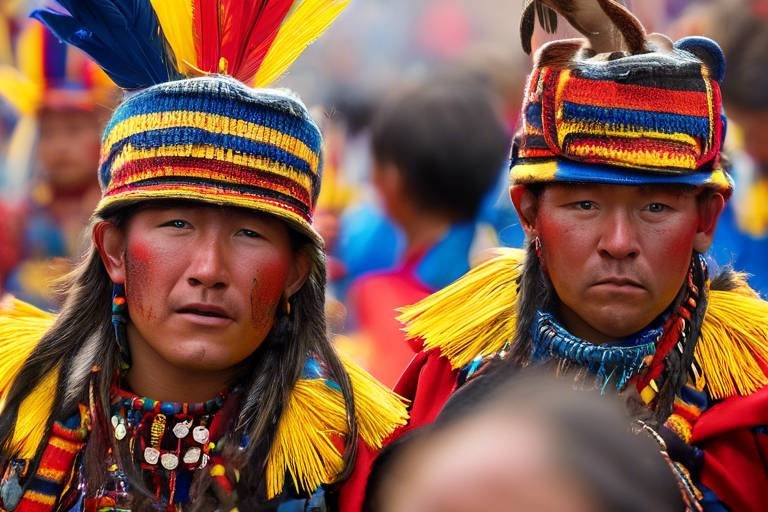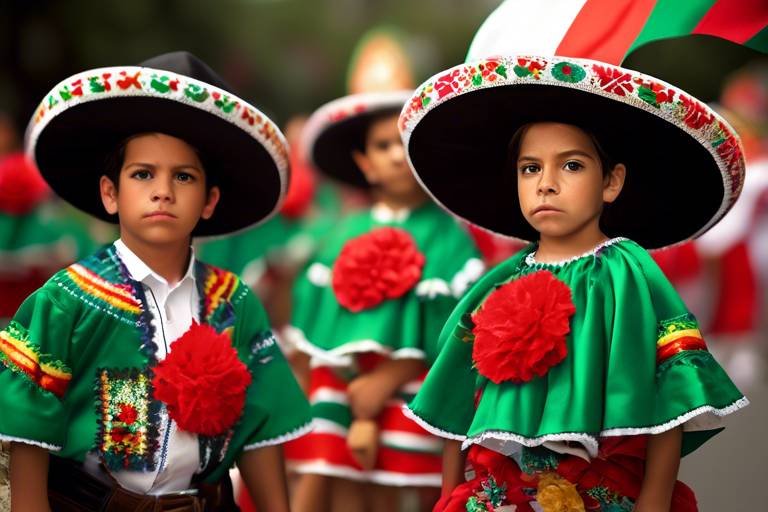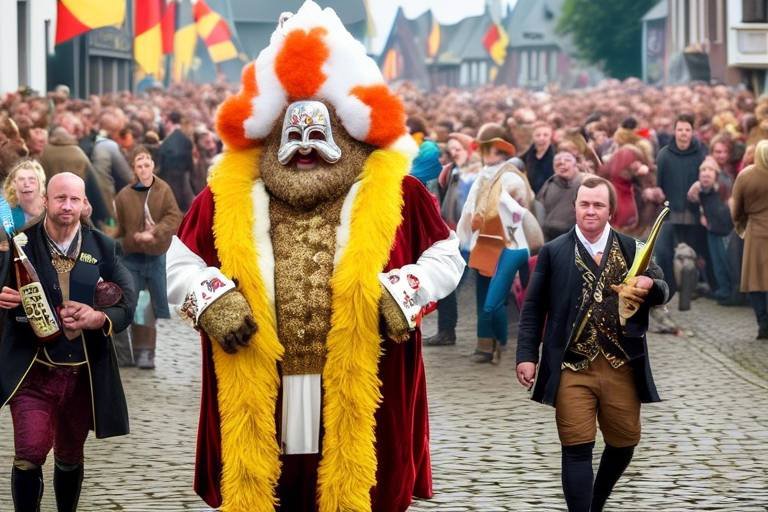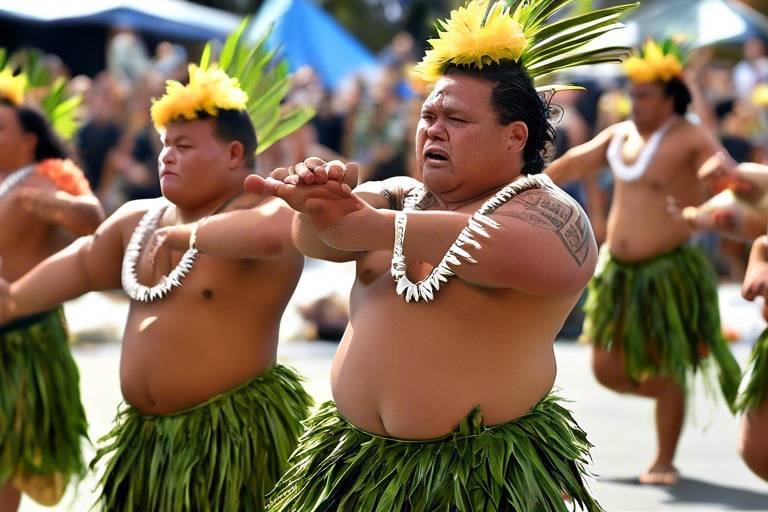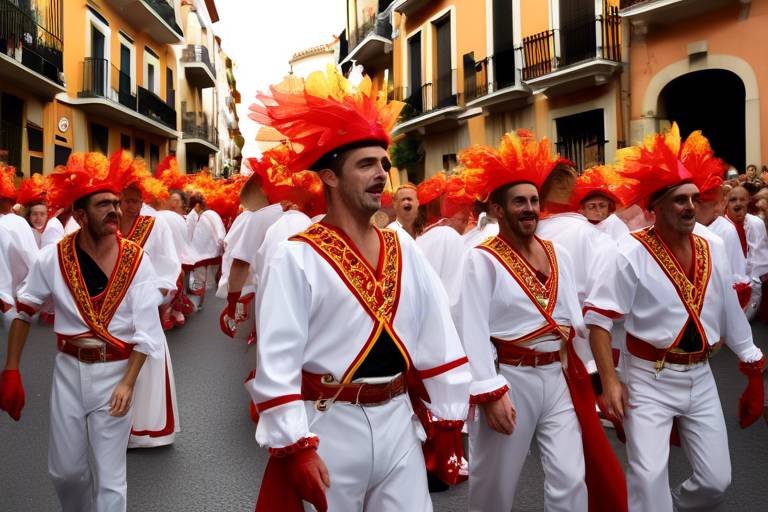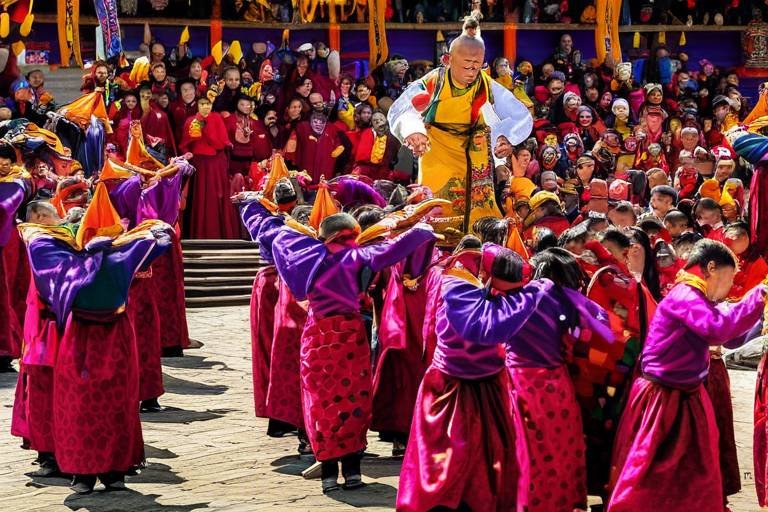Glimpses of Ecuador's Inti Raymi - The Festival of the Sun
Step into the vibrant world of Ecuador's Inti Raymi - The Festival of the Sun, a celebration deeply rooted in ancient traditions and rich cultural heritage. This annual festival pays homage to the revered Incan sun god Inti through a colorful display of rituals, music, dance, and culinary delights.
Inti Raymi holds a significant place in Ecuador's cultural tapestry, reflecting the country's deep connection to its Incan roots. The festival not only honors the sun as a source of life and energy but also serves as a reminder of the agricultural practices that sustained ancient civilizations.
As the festival unfolds, attendees are immersed in a world of ceremonial practices that date back centuries. Symbolic sacrifices, processions, and offerings are made to Inti, symbolizing gratitude for the sun's vital role in sustaining life and crops.
One of the most captivating aspects of Inti Raymi is the traditional attire worn by participants. Each garment and accessory carries profound cultural and spiritual meanings, showcasing the intricate craftsmanship and attention to detail that define Ecuadorian traditional clothing.
The rhythmic beats of traditional music and the graceful movements of dance performances add a dynamic and captivating element to Inti Raymi. Through music and dance, stories of the past are told, connecting participants and spectators to Ecuador's rich cultural heritage.
While rooted in ancient traditions, Inti Raymi has also embraced modern interpretations, blending historical customs with contemporary influences. This fusion of old and new has transformed the festival into a vibrant and inclusive celebration that attracts visitors from around the globe.
Artisanal crafts play a significant role in Inti Raymi, with intricate handmade creations showcasing the artistic talents of Ecuadorian artisans. From vibrant textiles to delicate pottery, these crafts serve as tangible expressions of Ecuador's cultural richness and artistic legacy.
No celebration is complete without indulging in the gastronomic delights of Inti Raymi. Traditional foods such as corn-based dishes, exotic fruits, and chicha, a fermented corn beverage, tantalize the taste buds and offer a glimpse into Ecuador's diverse culinary traditions.
At the heart of Inti Raymi are the community celebrations that bring people together in a spirit of unity and festivity. Families, friends, and entire communities join hands to honor their shared heritage, strengthen bonds, and revel in the joy of life.
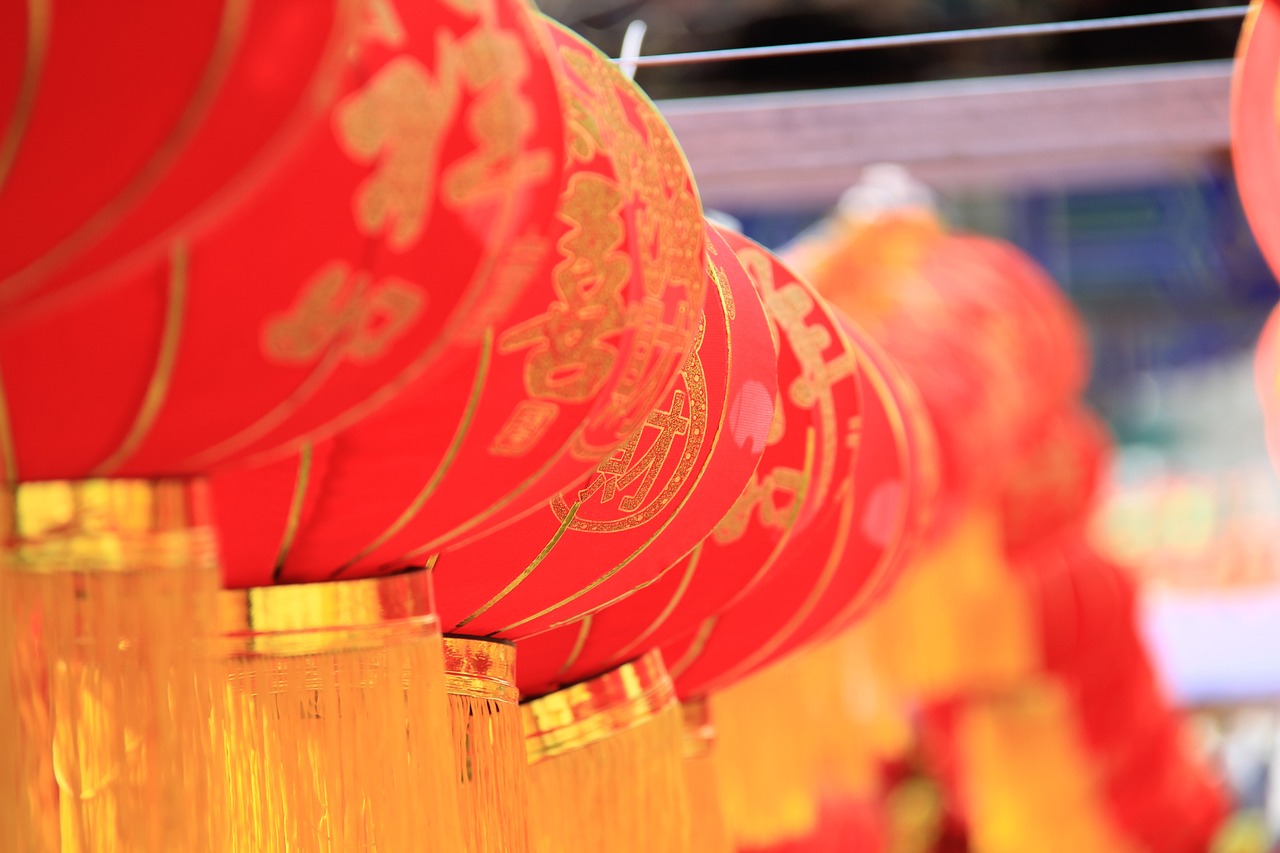
History of Inti Raymi
Explore the vibrant and ancient celebration of Inti Raymi in Ecuador, a festival that honors the Incan sun god Inti with colorful rituals, traditional music, dance, and feasting.
Discover the origins and historical significance of Inti Raymi, tracing back to the Incan Empire's worship of the sun and agricultural traditions. The festival has deep roots in the Incan culture, where the sun was revered as a symbol of life, warmth, and abundance. It was a time to give thanks for the harvest and pray for a bountiful future.
Inti Raymi was a crucial event in the Incan calendar, marking the winter solstice and the start of a new agricultural cycle. The celebration was filled with elaborate ceremonies and rituals to honor Inti, the powerful sun god believed to bring fertility and prosperity to the land.
During Inti Raymi, the Inca ruler would lead the ceremonies, accompanied by priests, nobles, and the general population. The festival was a time of unity and reverence, where the community came together to show their devotion to Inti and seek his blessings for the year ahead.
The history of Inti Raymi is a testament to the deep spiritual connection between the Incan people and the natural world, emphasizing the importance of harmony with nature and the cycles of life.
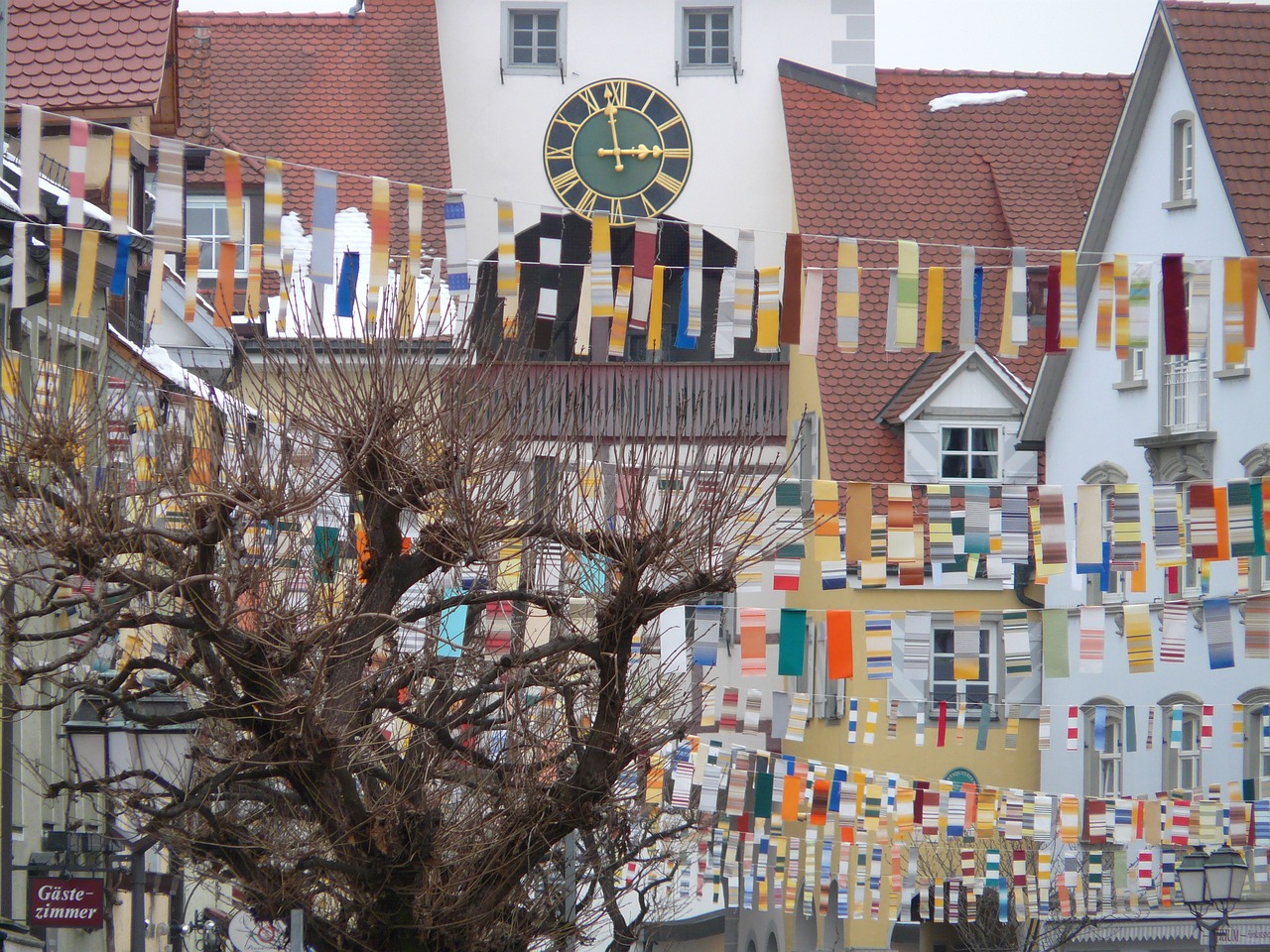
Ceremonial Practices
During Inti Raymi, the Festival of the Sun in Ecuador, ceremonial practices play a central role in honoring the Incan sun god Inti. The rituals performed during this vibrant celebration are deeply rooted in ancient traditions and hold significant cultural and spiritual meaning for the participants. One of the most striking ceremonial practices is the symbolic sacrifices offered to Inti as a gesture of gratitude for the sun's warmth and light that sustains life. These rituals are performed with utmost reverence and are accompanied by elaborate processions that showcase the rich cultural heritage of the Incan civilization.
Offerings to the sun god Inti are another essential aspect of the ceremonial practices during Inti Raymi. Participants present a variety of gifts, ranging from colorful flowers and fruits to intricately crafted textiles and pottery. These offerings symbolize the abundance of nature and the interconnectedness of all living beings with the sun, emphasizing the importance of gratitude and reciprocity in Incan belief systems.
Furthermore, the ceremonial practices of Inti Raymi involve traditional music and dance performances that add a dynamic and festive atmosphere to the celebrations. The rhythmic beats of drums, the melodious tunes of pan flutes, and the energetic movements of the dancers create a sensory experience that transports participants and spectators alike to a realm of spiritual connection and joy.
The intricate choreography of the dances and the symbolic gestures incorporated into the performances reflect the Incan worldview and cosmology, where the sun is revered as a divine entity essential for sustenance and prosperity. Through music and dance, participants express their gratitude to Inti and celebrate the cyclical nature of life, death, and rebirth that the sun symbolizes.
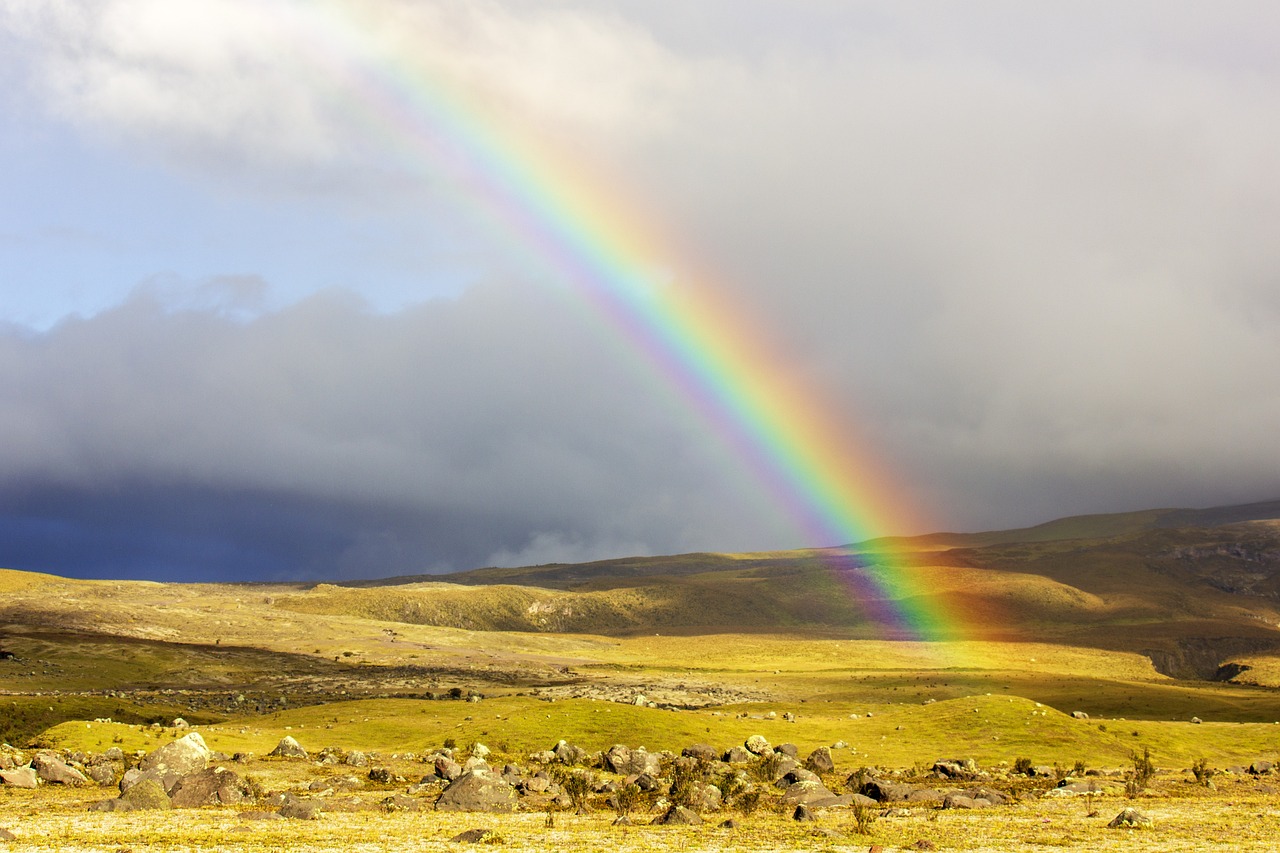
Traditional Attire
When it comes to the vibrant celebration of Inti Raymi in Ecuador, one cannot overlook the mesmerizing worn by participants. Each piece of clothing and accessory holds deep cultural and spiritual significance, reflecting the rich heritage of the Incan traditions.
The traditional attire during Inti Raymi is a colorful tapestry of history and symbolism. Participants don intricately woven textiles adorned with intricate patterns and vibrant colors, symbolizing the connection to the earth, sun, and agricultural abundance. The garments are often handmade, showcasing the skilled craftsmanship passed down through generations.
One of the most iconic elements of the traditional attire is the chakana, or Inca cross, which represents the three levels of existence in the Incan cosmology - the underworld, the earth, and the heavens. This sacred symbol is often woven into the fabric of clothing or displayed prominently as a decorative element.
Men typically wear lliclla, a colorful rectangular cloth draped over one shoulder and secured with a pin, while women don anacos, a wrap-around skirt adorned with intricate designs and embellishments. Headpieces such as monteras and llautos are also common, adding a touch of regality to the attire.
Accessories play a crucial role in completing the traditional attire for Inti Raymi. Brightly colored sashes, beaded jewelry, and feathered ornaments are often worn to enhance the overall look and pay homage to the natural world. These accessories are not just decorative but carry symbolic meanings related to fertility, prosperity, and spiritual connection.

Music and Dance
When it comes to the vibrant celebration of Inti Raymi in Ecuador, music and dance play a central role in bringing the festivities to life. The rhythmic beats and graceful movements of traditional music and dance performances during Inti Raymi are not just entertainment but a way to honor the sun god Inti with reverence and joy.
Imagine the sound of pan flutes echoing through the streets, accompanied by the energetic steps of dancers adorned in colorful attire. The music and dance of Inti Raymi tell stories of ancient rituals, agricultural abundance, and spiritual connections to the sun.
Participants in Inti Raymi express their cultural identity and heritage through the intricate movements and gestures of traditional dances. Each step, each twirl, is a tribute to the Incan traditions that have been passed down through generations.
As the music fills the air and the dancers move in harmony, spectators are transported to a world where the past and present merge seamlessly. It's a mesmerizing experience that captures the essence of Ecuador's rich cultural tapestry and the enduring spirit of Inti Raymi.

Modern Interpretations
Modern Interpretations of Inti Raymi have seen a fascinating blend of ancient traditions with contemporary influences, creating a unique cultural tapestry that captivates visitors from around the globe. While rooted in the rich history of the Incan Empire, the festival has adapted to the modern world, offering a glimpse into Ecuador's vibrant heritage.
One of the notable modern interpretations of Inti Raymi is the incorporation of innovative artistic expressions alongside traditional practices. Artists and performers have found creative ways to infuse new energy into the festivities, combining ancient rituals with modern storytelling techniques to engage audiences of all ages.
Moreover, the festival has become a platform for promoting cultural diversity and unity, welcoming people from diverse backgrounds to participate in the celebrations. This inclusive approach not only fosters a sense of belonging but also highlights the universal themes of gratitude, renewal, and connection that lie at the heart of Inti Raymi.
Contemporary interpretations of Inti Raymi also emphasize sustainability and environmental consciousness, reflecting the growing global awareness of the need to protect our planet. Efforts to minimize waste, promote eco-friendly practices, and support local communities have become integral parts of the festival, demonstrating a commitment to preserving both cultural heritage and natural resources.
Through these modern interpretations, Inti Raymi continues to evolve as a living tradition, honoring the past while embracing the future. The festival serves as a testament to the enduring power of cultural celebrations to unite people, inspire creativity, and ignite a sense of wonder and joy in all who partake in its magic.
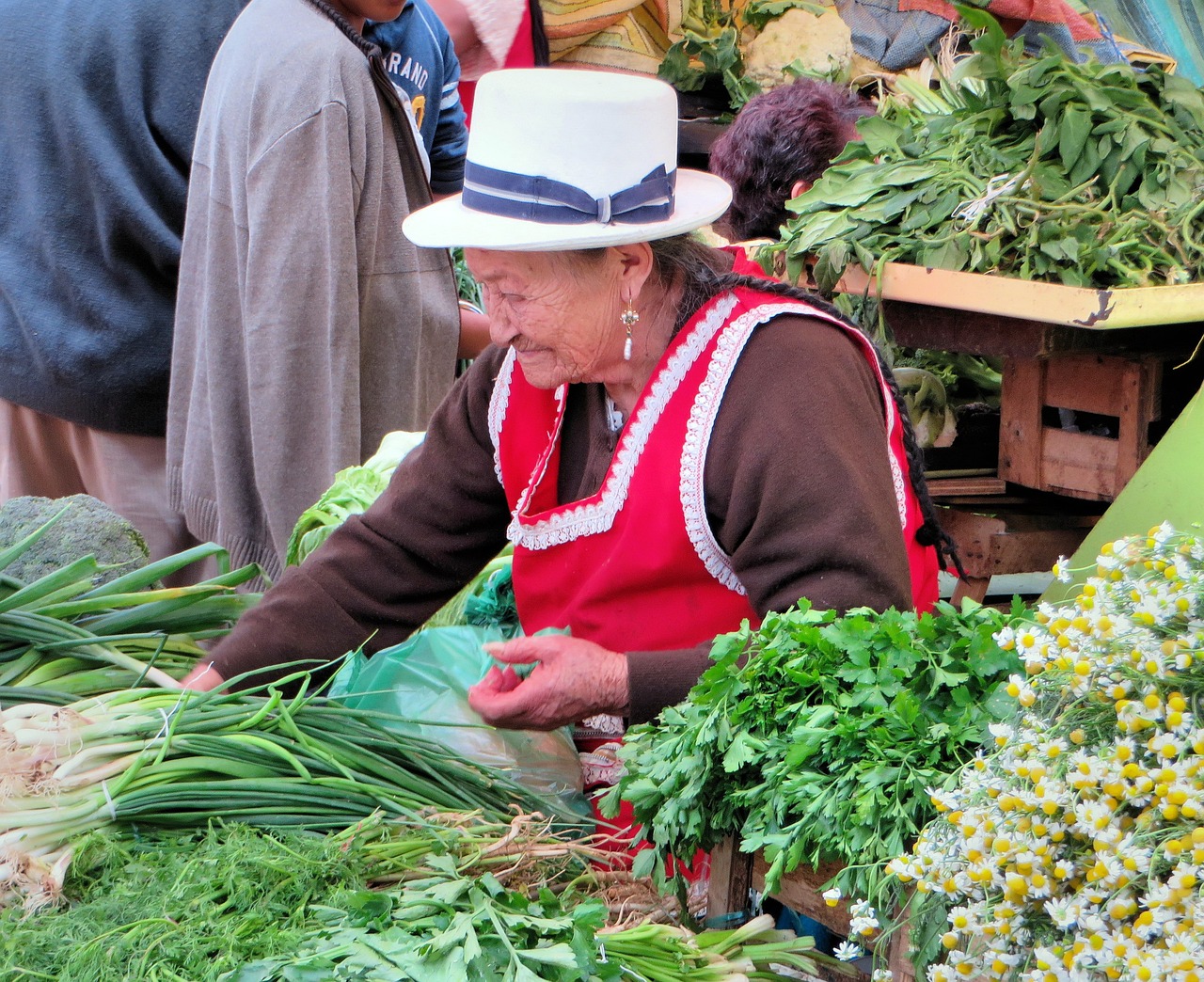
Artisanal Crafts
Artisanal crafts play a significant role in the vibrant tapestry of Inti Raymi celebrations in Ecuador. These crafts are not merely decorative but hold deep cultural and spiritual significance, reflecting the rich heritage of the region. Intricately handmade textiles, pottery, and jewelry are intricately crafted by skilled artisans, each piece telling a story of tradition and craftsmanship passed down through generations.
One of the most prominent artisanal crafts associated with Inti Raymi is the colorful textiles that showcase intricate patterns and designs inspired by nature and Incan symbolism. These textiles are often woven using traditional techniques that have been preserved for centuries, creating a unique blend of history and artistry.
Additionally, pottery plays a vital role in the artisanal crafts of Inti Raymi, with skilled potters creating stunning vessels and figurines that reflect the cultural motifs and symbols of the Incan civilization. Each piece of pottery is a labor of love, showcasing the talent and dedication of the artisans who keep these ancient traditions alive.
Moreover, jewelry crafted for Inti Raymi is not just for adornment but carries spiritual significance. Intricately designed necklaces, earrings, and bracelets are often adorned with symbols representing the sun, fertility, and prosperity, embodying the essence of the festival and the beliefs of the Incan people.

Gastronomic Delights
When it comes to Inti Raymi, the celebration is not just about colorful rituals and traditional dances; it also involves a delightful array of gastronomic delights that tantalize the taste buds of both locals and visitors alike. During this festive occasion, Ecuadorians indulge in a variety of traditional foods and drinks that have been passed down through generations, each dish reflecting the rich culinary heritage of the region.
One of the staple foods enjoyed during Inti Raymi is corn-based dishes, which hold a special place in Ecuadorian cuisine. From savory tamales to crispy corn empanadas, corn is a versatile ingredient that takes center stage in many traditional recipes. The significance of corn goes beyond its taste; it symbolizes fertility and abundance, aligning perfectly with the themes of prosperity and harvest celebrated during the festival.
Aside from corn, Inti Raymi also showcases an array of exotic fruits that are native to Ecuador. Vibrant and flavorful fruits like maracuyá (passion fruit), guanábana (soursop), and taxo (banana passionfruit) are often used in refreshing beverages and desserts, adding a tropical twist to the culinary offerings of the festival.
No celebration in Ecuador is complete without a sip of chicha, a traditional fermented corn beverage that dates back to ancient times. Chicha is a symbol of community and togetherness, as it is often shared among friends and family during festive occasions like Inti Raymi. The sweet and tangy flavors of chicha complement the savory dishes served during the festival, creating a harmonious balance of tastes.
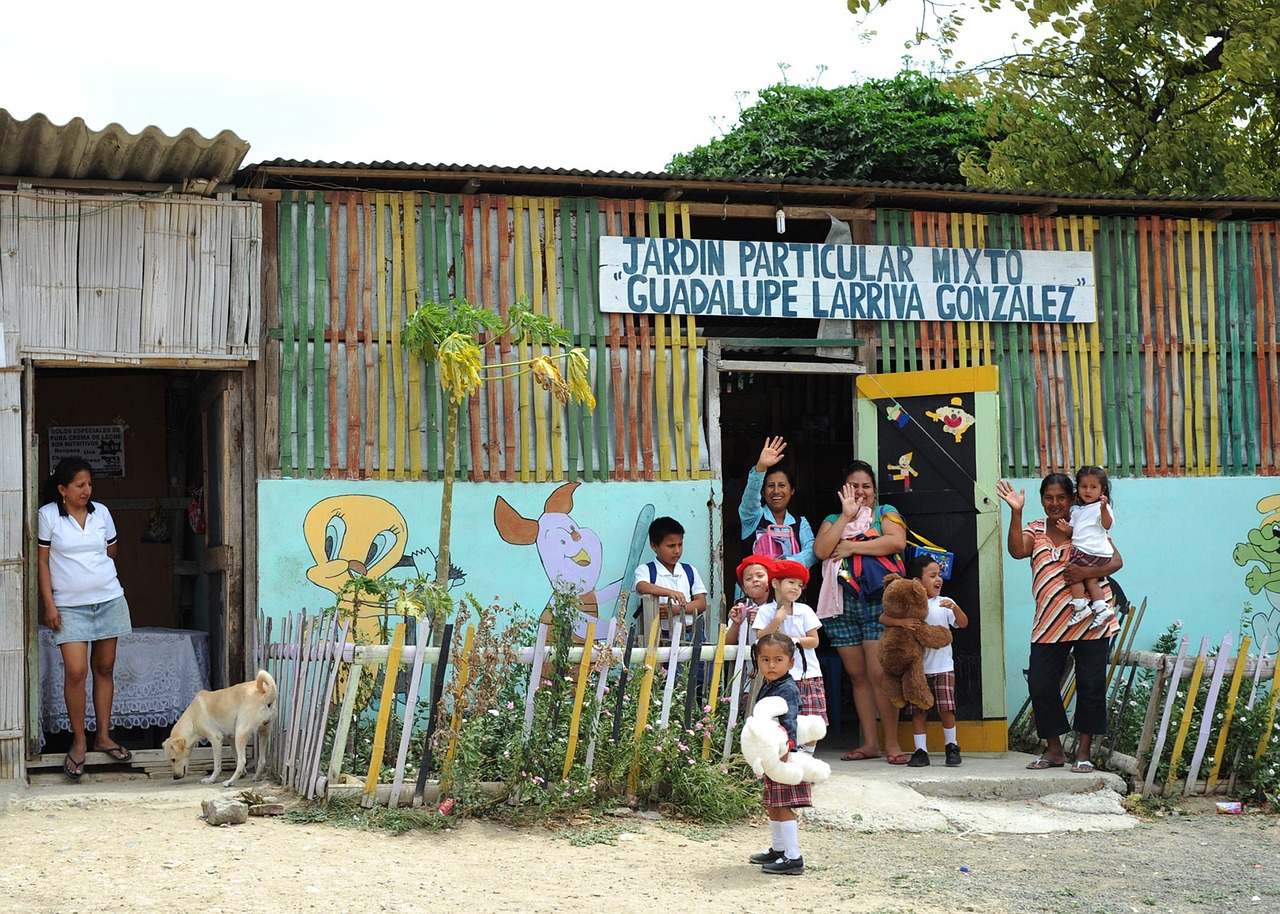
Community Celebrations
Community Celebrations during Inti Raymi are a vibrant tapestry of unity and festivity, weaving together the threads of tradition and modernity. Families, friends, and communities gather in a jubilant display of cultural pride, coming together to honor their heritage and rejoice in the spirit of life. The festival serves as a communal bond, strengthening relationships and fostering a sense of belonging among participants.
During Inti Raymi, the streets come alive with colorful processions, lively music, and exuberant dance performances. The air is filled with the aroma of traditional foods being prepared, creating a sensory feast for all attendees. It is a time of shared joy and laughter, where memories are made and cherished for years to come.
Community members actively participate in various ceremonial practices, from making offerings to the sun god to engaging in traditional rituals that have been passed down through generations. The spirit of togetherness permeates every aspect of the celebration, creating a sense of unity and shared purpose among the revelers.
Artisanal crafts are proudly displayed during Inti Raymi, showcasing the creativity and skill of local craftsmen. Intricate textiles, pottery, and other handmade items serve as tangible expressions of the community's cultural heritage, adding a touch of authenticity to the festivities.
As the sun sets on the final day of Inti Raymi, a sense of gratitude and fulfillment fills the hearts of all who have participated. The bonds forged during the celebration endure long after the festival ends, serving as a reminder of the power of community and the beauty of coming together in shared celebration.
Frequently Asked Questions
- What is the significance of Inti Raymi?
Inti Raymi is a festival in Ecuador that honors the Incan sun god Inti. It celebrates the sun's vital role in agriculture and life, symbolizing abundance and prosperity.
- When is Inti Raymi celebrated?
Inti Raymi is typically celebrated in June, aligning with the winter solstice in the Southern Hemisphere. This date holds cultural and historical significance for the indigenous communities in Ecuador.
- What are some traditional practices during Inti Raymi?
During Inti Raymi, traditional practices include ceremonial offerings to the sun, symbolic sacrifices, colorful processions, and dance performances that pay homage to the Incan heritage and agricultural traditions.
- How has Inti Raymi evolved over time?
Inti Raymi has evolved to incorporate modern interpretations while preserving its ancient roots. Today, the festival blends traditional rituals with contemporary influences, attracting both locals and tourists.
- What can visitors expect at Inti Raymi?
Visitors can expect a vibrant celebration filled with music, dance, artisanal crafts, gastronomic delights, and a sense of community spirit. It's a unique opportunity to immerse oneself in Ecuador's rich cultural heritage.

